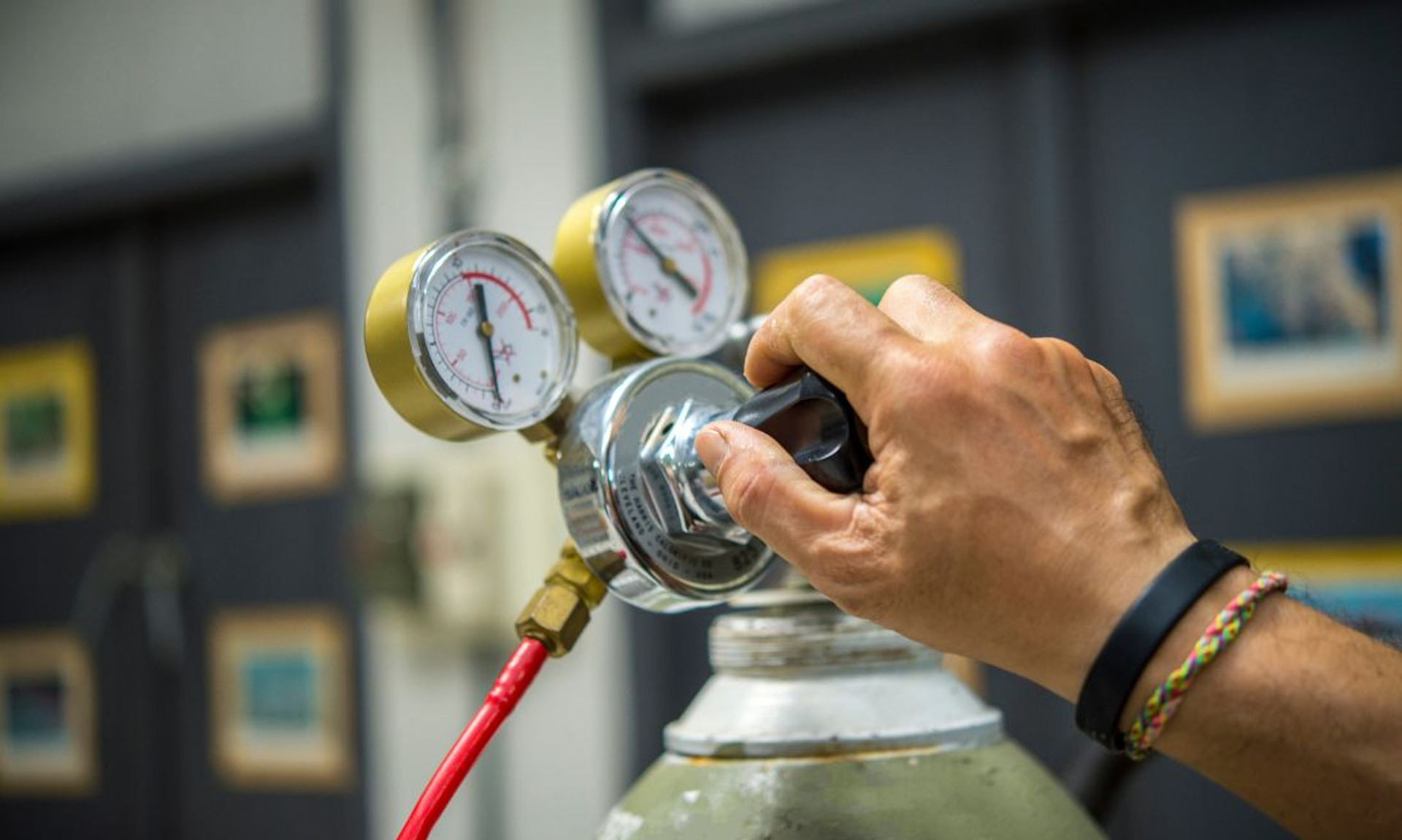Single vs. Two-Stage Gas Regulators: What’s the Difference?
There are many components that industries use to handle gases. However, when it comes to scientific gas regulators, it’s crucial to understand the differences between single-stage and two-stage regulators. The efficient operations of these devices can impact the overall performance and quality of various industrial processes. This guide will provide insights into the main distinctions between single-stage and two-stage gas regulators, allowing you to make informed decisions for your applications.
What Are Scientific Gas Regulators?
Let’s start by covering the basics. Scientific gas regulators are vital components in various industrial processes, including petrochemical, oil and gas, and manufacturing industries. These regulators are crucial in managing gas pressure and ensuring a consistent flow across systems. The two primary types of regulators are single-stage and two-stage, both of which accommodate diverse demands and operational conditions.
Single-Stage Gas Regulators
Single-stage gas regulators work with just one reduction principle. This design directly reduces the high-pressure gas from the source, such as a cylinder or gas pipeline, to the desired output pressure. Although single-stage regulators are relatively simple and cost-efficient, they can exhibit some limitations in specific applications.
Pros:
- Straightforward design and operation.
- Lower upfront costs compared to two-stage regulators.
- Can be used for non-critical applications with acceptable inlet pressure fluctuations.
Cons:
- Sensitive to pressure fluctuations from the source, leading to variable output pressure.
- Output pressure may need to get manually adjusted when the source pressure changes significantly.
- Not ideal for highly precise or critical applications that demand stable output pressure.
Two-Stage Gas Regulators
In contrast, two-stage gas regulators employ two sequential pressure reductions, providing a more consistent and stable output flow. By utilizing a two-stage design, these regulators can hold their output pressure relatively steady, despite fluctuations in the incoming source gas pressure.
Pros:
- Maintain a stable outlet pressure, even in the presence of inlet pressure fluctuations.
- Less need for manual adjustments in response to varying source pressure conditions.
- Ideal for applications that demand high precision and stable output pressure.
Cons:
- More complex design and operation compared to single-stage regulators.
- Higher upfront costs than single-stage counterparts.
- Can be overkill for non-critical applications where pressure stability is not a priority.
Choosing Between Single and Two-Stage Gas Regulators
Now that you understand the difference between single and two-stage regulators, you can better determine which type best suits your requirements. Regardless of which one you pick, it’s crucial to remember that individual demands and application requirements will ultimately dictate the choice between each type of scientific gas regulator. You can ensure optimal performance and efficiency in your industrial processes by carefully considering your operational needs.

